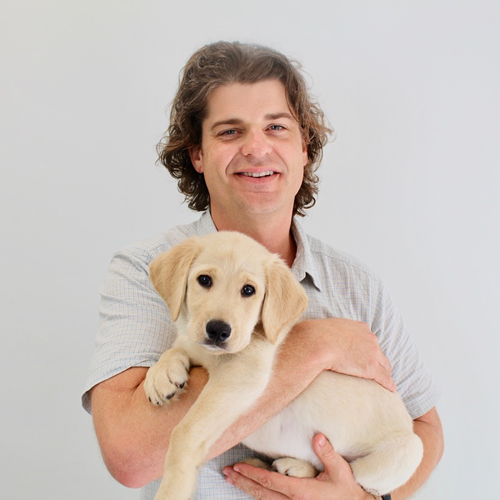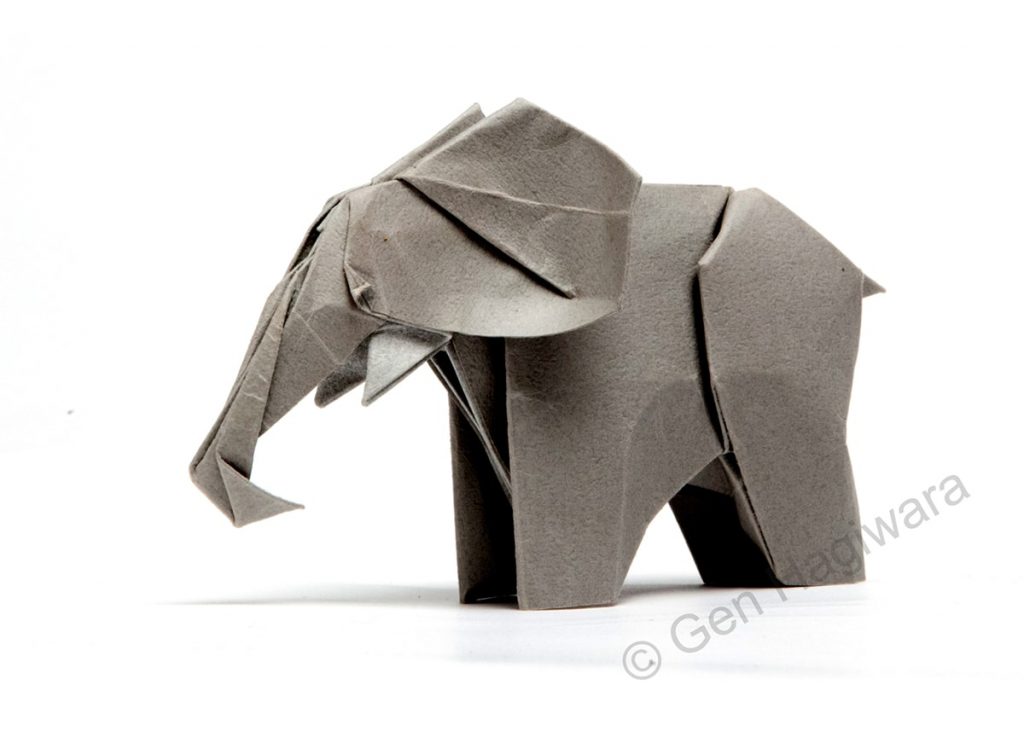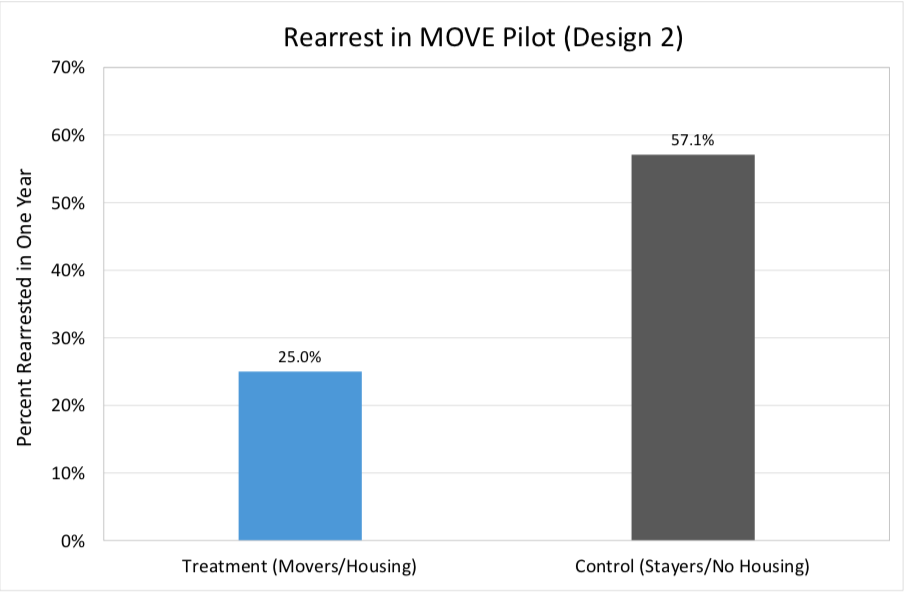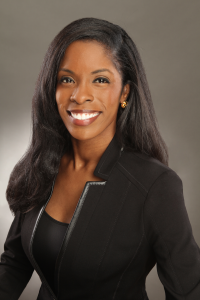
America is getting both older and Blacker. The proportion of non-white older adults is increasing, and by 2050 the majority of elderly people will be racial minorities. In his Langford Lecture “Who gets sick and why? How racial inequality gets under the skin” on November 10, Professor Tyson H. Brown discussed the importance of studying older minorities when learning about human health. His current project aims to address gaps in research by quantifying effects of structural racism on health.
Health disparities result in unnecessary fatalities. Dr. Brown estimates that if we took away racial disparities in health, we could avoid 229 premature deaths per day. Health disparities also have substantial economic costs that add up to about 200 billion dollars annually. Dr. Brown explained that the effects of structural racism are so deadly because it is complex and not the same as the overt, intentional, interpersonal racism that most people think of. Thus, it is easier to ignore or to halt attempts to fix structural racism. Dr. Brown’s study posits that structural racism has five key tenets: it is multifaceted, interconnected, an institutionalized system, involves relational subordination and manifests in racial inequalities in life chances.
A motivator for Brown’s research was that less than 1% of studies of the effects of race on health have focused on structural racism, even though macro level structural racism has deleterious effects on health of Black people. When thinking about inequalities, the traditional mode of thinking is the group that dominates (in this case, white people) receives all benefits and the subordinates (in Dr. Brown’s study, Black people) receive all of the negative effects of racism. In this mode of thinking, whites actively benefit from social inequality. However, Dr. Brown discussed another theory: that structural racism and its effects on health undermines the fabric of our entire society and has negative impacts on both whites and Blacks. It is possible for whites to be harmed by structural racism, but not to the same extent as Black people.
Dr. Brown identified states as “important institutional actors that affect population health.” As a part of his research, he made a state level index of structural racism based off of data from 2010. The index was composed of nine indicators of structural racism, which combine to make an overall index of structural racism in states. In mapping out structural racism across the domains, the results were not what most people might expect. According to Dr. Brown’s study, structural racism tends to be highest in the midwest of the United States, rather than the south. These higher levels of structural racism were associated with worse self-rated health: one standard deviation increase in level of structural racism correlated with the equivalent of two standard deviation increases in age. In other words, a person who is affected by structural racism has similar self-rated health to people two age categories above them who do not experience negative effects of structural racism.
As the structural racism index increases, the Black-white difference in COVID-19 related deaths also increases. Overall, Dr. Brown found that structural racism is a key driver of inequalities in COVID-19 deaths between whites and Blacks. Looking forward, Dr. Brown is interested in learning more about how contemporary forms of racism contribute to inequality—such as searching racial slurs on Google and implicit bias, both of which are high in the southern United States.
After his discussion, colleagues raised questions about what can be done to eliminate negative effects of structural racism. Dr. Brown listed options such as rent protection, COVID-19 test sites in lower income communities and another stimulus bill. He also explained that the distribution of a COVID-19 vaccine needs to be done in an ethical manner and not exclude those who are less fortunate who really need the vaccine. We also need better data collection in general—the more we know about the effects of structural racism, the better we will be able to adapt equity practices to mitigate harm on Black communities.
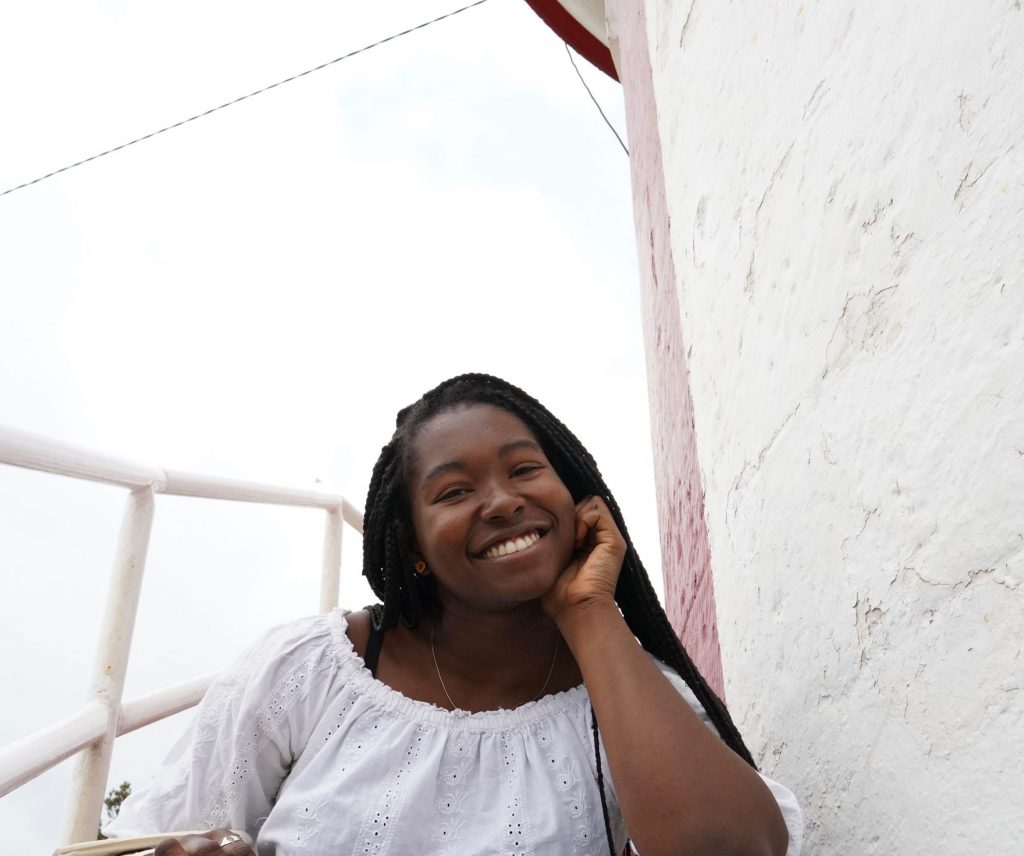
By Victoria Priester


